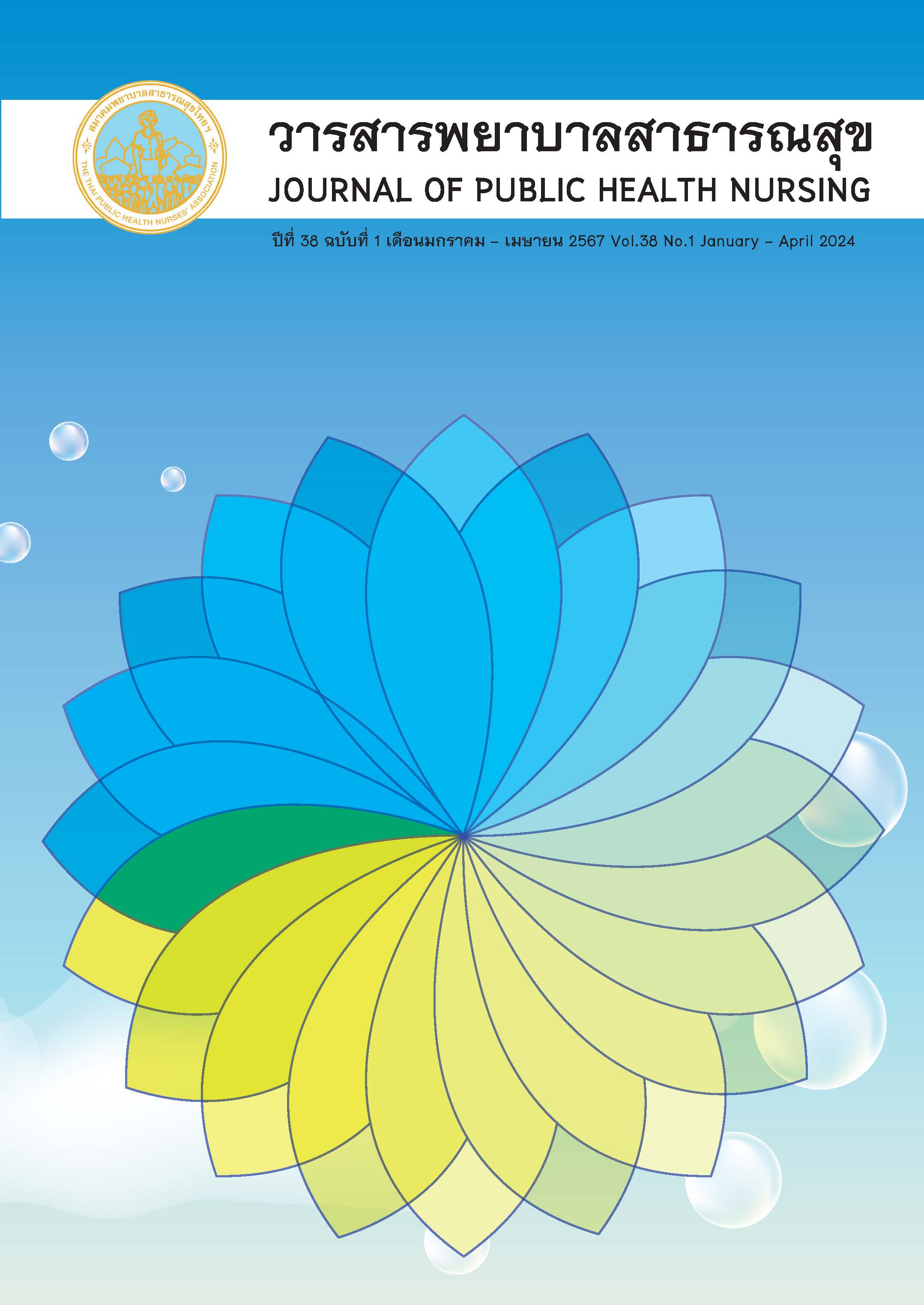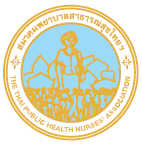Paresis-paralysis herbal drug formulas of the folk healer Prasit Keawmanee
Keywords:
Paresis–Paralysis, Moh Prasit Keawmanee, Herbal Drug Formulas, folk medicine, 9 medicinal flavorsAbstract
The objective of this study was to examine the pharmaceutical compositions used by Prasit Kaewmanee, a traditional healer, for the treatment of paresis and paralysis. The computer software was utilized to record the medicinal recipes, tastes, and therapeutic uses in a tabular format. Subsequently, the frequency of each flavor was calculated in accordance with the properties of the substance, taking into account nine different flavors. It was discovered that all 12 formulations consists of a total of 111 herbal medicines. The formula containing the greatest number of components, 51, is suitable for patients with tongue stiffness who have been experiencing the symptom for less than three months. The formula with the least use of drugs with only 2 types of herbal medicines fit for the patients to whom with tongue stiffness that doesn't have a limbs numbness or weakness. Through the synthesis of pharmaceutical formulas, it was shown that, on average, each formula included 14.7 distinct types of herbal medicines, encompassing the therapeutic characteristics of all five formula. The formulation consists of Epsom salt, which possesses laxative properties. This is particularly beneficial for people suffering from paralysis. Additionally, the formula includes another substance, Black Cumin (Nigella Saliva Linn.), which is known to replenish the blood. The second medicine used as a component was discovered to consist of up to four formulations, namely Black Cumin (Nigella Saliva Linn.), which serves the purpose of nourishing the blood. 16 different drug types are mixed in 3 formulations, 26 different drug types in 2 formulas, and 67 different drug types in 1 formula. The examination of the three most commonly utilized medicinal flavors, categorized as bitter, spicy, and astringent, yielded percentages of 29.91, 28.13, and 9.38, respectively. Because a herbal medicine contains properties that align with various aspects and its properties are consistent with the formula, it becomes a medication that effectively addresses all the symptoms of the disease. The herbal drug formula for treating paraplegic paralysis with a small number of medications indicates that the drug is suitable for that condition. This research has discovered that the arrangement of medicines based on the recorded recipes of folk healers contains hidden knowledge that should be further developed into explicit knowledge. This will enable the utilization of this knowledge and serve as a cost-effective guideline for the future development of drug formulas supported by empirical evidence.
References
Kaewmanee P, Jayathavaj V, Sriamonruttanakul T, et al. Treating Paresis-Paralysis Wisdom of the Folk Healer Prasit Keawmanee.Proceedings of the 33th TSU Conference 2022 Glocalization of Research and Innovation; 2022 Aug 22-23; Twin Lotus Hotel, Nakhon Si Thammarat, Thailand; 2022. p. 283-294.
(in Thai)
Art of Healing Division, Office of the Permanent Secretary, Ministry of Public Health. The General Medicinal Textbook Pharmacy Branch. Bangkok: Agricultural Cooperative Federation Printing; 1998.
(in Thai)
Department of Thai Traditional and Alternative Medicine, Ministry of Public Health. National Thai Traditional Medicine Formulary 2021 Edition. Bangkok: Sam Charoen Panich; 2021. (in Thai)
Komolbutr, ST. The Kingdom of Siam Simon de La Loubere 4th ed. Bangkok: Sripunya; 2014. (in Thai)
Book on the Medicine of King Narai. Bangkok: Sophon Phiphat Thanakon Printing House; 1917. (in Thai)
Thai Traditional and Indigenous Medicine Wisdom Protection Division. Conservation Edition of Thai Traditional Medicine Wisdom Textbook Set Textbook of Medicinal Properties. Bangkok: Kaew Chao Chom Media and Publishing Center, Suan Sunandha Rajabhat University; 2016. (in Thai)
Qiu J. A Cuture in the balance. Nature 2007;448;126-128. https://doi.org/10.1038/448126a (2022, 25 May).
Office of Academic, Department of Thai Traditional and Alternative Medicine, Ministry of Public Health. Thai Public Health Report on Thai Traditional Medicine, Indigenous Medicine and Alternative Medicine 2009-2010. Bangkok: The War Veterans Organization of Thailand Under Royal Patronage Printing House; 2010. (in Thai)
Downloads
Published
How to Cite
Issue
Section
License
Copyright (c) 2024 Thai Public Health Nurses Association

This work is licensed under a Creative Commons Attribution-NonCommercial-NoDerivatives 4.0 International License.
บทความที่ตีพิมพ์และแผนภูมิรูปภาพถือเป็นลิขสิทธิ์ของวารสารพยาบาลสาธารณสุข (Thai Public Health Nurses Association)







